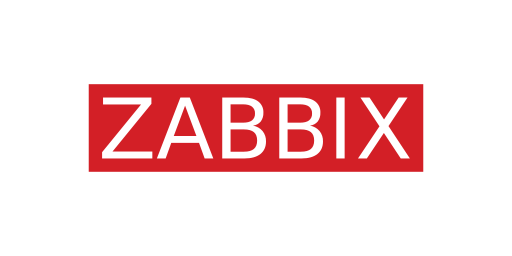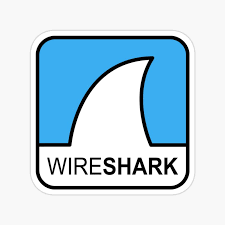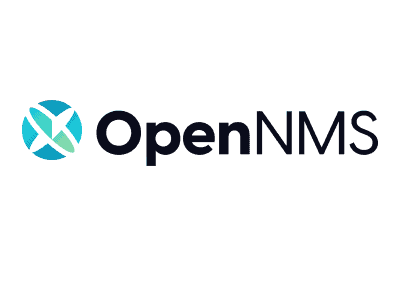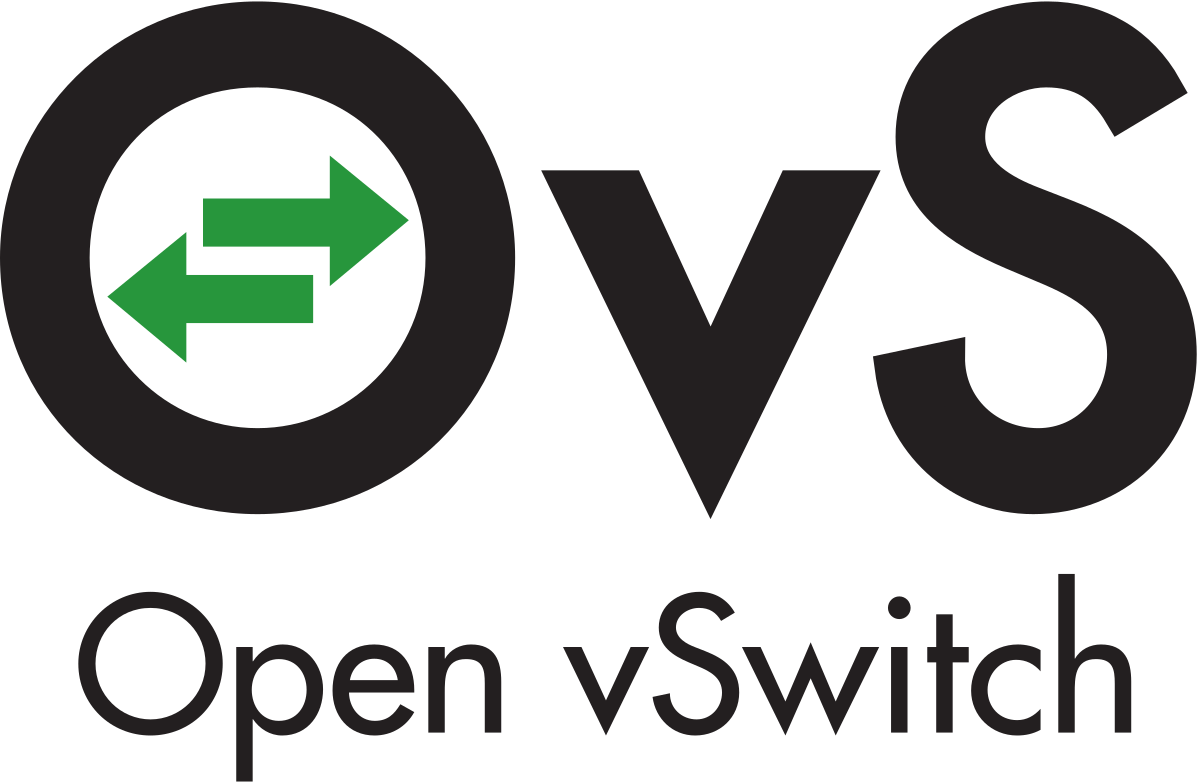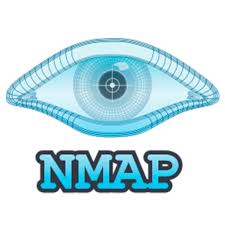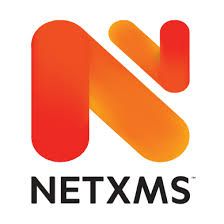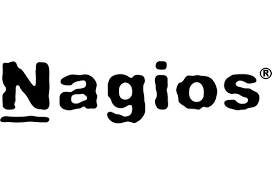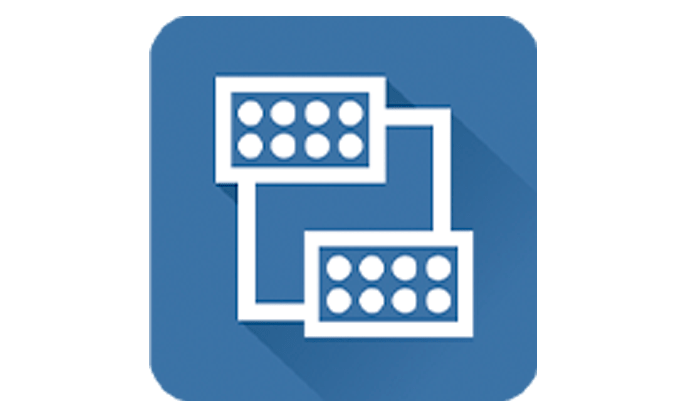Network Operations Suite – Full Control of Your Network Infrastructure
With our platform, you don’t just download tools — you also gain expert assistance. We help you implement monitoring dashboards, configure alerts, and integrate management utilities into your corporate environment for maximum performance and reliability.
ntopng Professional (Free Tier) — Advanced Features with No-Cost Access General Information ntopng Professional (Free Tier) is the entry point into the professional edition of ntopng. It keeps the real-time visibility of the Community Edition but unlocks several advanced features such as traffic profiles, enhanced reporting, and integration with external identity systems. This makes it appealing for teams that have outgrown the limits of CE but are not yet ready for a full commercial license.
ntopng CE — Community Edition for Network Visibility General Information ntopng CE is the free community version of ntopng, designed to give administrators real-time visibility into network traffic without the cost of commercial editions. It is often deployed on a SPAN port or mirror interface, where it can instantly show which hosts and applications are consuming bandwidth. While the professional tiers add reporting and long-term analytics, CE remains a practical choice for quick troubleshootin
mitmproxy — Intercepting Proxy for Real Traffic Debugging General Information mitmproxy is one of those tools engineers keep around when network behavior just doesn’t make sense. It’s an intercepting proxy that sits in the middle of client and server traffic, letting administrators and testers see, change, or replay requests as they happen. Unlike packet captures, which only show raw flows, mitmproxy works higher up the stack, showing exactly what the browser, mobile app, or service is sending a
Zabbix — Monitoring That Grows With the Network Zabbix is one of those tools you find in bigger environments where Nagios or small agents just don’t cut it anymore. It’s open source, been around for years, and many enterprises trust it to keep track of thousands of servers, switches, apps, and even cloud services in one place. How it’s usually run
Wireshark — The Packet Tool That Ends Up on Every Admin’s Laptop What it is Wireshark isn’t just another program — it’s the packet sniffer most admins, security folks, and network engineers reach for. Open source, runs on Windows, Linux, macOS. If traffic acts weird and logs don’t tell the whole story, Wireshark is usually the next step.
Unicornscan — Asynchronous Scanner for Security Research What it is Unicornscan is a network reconnaissance tool built with a focus on speed and detail. Unlike traditional port scanners, it uses an asynchronous stateless design that allows it to send and analyze a massive number of packets very quickly. It’s popular among penetration testers and researchers who need visibility into large address ranges without waiting for hours.
The Dude — Simple Network Maps Without Extra Bloat What it is The Dude comes from MikroTik and is one of those free tools that admins either love for its simplicity or forget about because it doesn’t try to be “enterprise.” It started as a helper for managing MikroTik routers but turned out handy as a lightweight monitor for whole networks. It won’t replace a full observability stack, but for small shops or branch offices it often does the job.
Suricata — IDS/IPS That Keeps Up With Modern Traffic What it is Suricata is an open-source security engine that rolls together intrusion detection, intrusion prevention, and network monitoring. It’s maintained by the Open Information Security Foundation and has become a go-to choice for admins who need visibility without locking into a vendor. The main difference from older IDS tools is that it’s multi-threaded. In practice, that means it can keep up with high-speed links instead of dropping pac
Spiceworks Inventory — Free IT Asset Management Tool
What It Is
Spiceworks Inventory is a free IT asset management and network discovery solution tailored for small and medium-sized organizations. It provides visibility into hardware, software, and connected devices without the need for complex deployment or licensing costs.
How It Works
The platform uses agentless scanning and WMI/SNMP queries to collect data across Windows and networked devices. Results are accessible via a web interface, wh
SolarWinds IP Address Manager (Free) — Basic IP Tracking Tool General Information SolarWinds IP Address Manager (Free Edition) is a simplified version of the commercial IPAM solution from SolarWinds. It’s made for administrators who need to keep track of small address pools without relying on Excel sheets. The free edition supports up to 254 IP addresses, making it suitable for labs, branch offices, or small networks where manual tracking quickly becomes a hassle.
SoftPerfect Network Scanner — Fast IP and Port Scanning General Information SoftPerfect Network Scanner is a lightweight but versatile tool for exploring and auditing local networks. It’s designed for administrators who need quick visibility into devices, open ports, and shared resources. Despite being compact, it offers features that go beyond a simple IP sweep, such as SNMP probing, WMI queries, and remote service checks. The free version works with small environments, while the licensed editi
PingPlotter Free — Simple Graphs for Troubleshooting General Information PingPlotter Free is a small utility that takes the usual ping and traceroute commands and makes them visual. Instead of staring at numbers in a terminal, it shows how latency and packet loss change over time in easy-to-read graphs. The free edition isn’t as feature-rich as the commercial ones, but for many admins it’s enough to catch where the network is misbehaving.
PRTG Freeware — A Starter Pack for Monitoring General Information PRTG Freeware is basically the same engine as the commercial PRTG, just capped at 100 sensors. For a small network that usually means monitoring a handful of servers, switches, or key services. It runs only on Windows, but the setup is quick and that’s why many admins use it for branch offices, labs, or as an easy test before going for a full license.
PRTG Network Monitor — Monitoring That Works Out of the Box General Information PRTG is one of those tools people often recommend when someone says, “we need monitoring, but don’t want to spend weeks wiring it together.” It comes from Paessler and runs on Windows, giving a ready-to-go system with sensors, dashboards, and alerts already built in. There’s a free edition with a limited number of sensors — enough for small shops — and commercial licenses for larger environments.
OpenNMS — Open Monitoring Built for Scale General Information OpenNMS has been around for a long time and it’s one of those projects that tries to cover “everything at once.” It isn’t just about checking if a host is alive — the platform collects performance stats, handles fault events, and can even read NetFlow or sFlow data. That makes it useful in big, messy networks where dozens or even thousands of devices need to be tracked.
Open vSwitch — The Virtual Switch That Became a Standard General Information Open vSwitch (OVS) is an open-source switch built to work inside virtual environments. At its core it behaves like a physical switch, but because it’s software, it comes with extras: tunneling, VLANs, programmable flows. It first appeared as an add-on for KVM and Xen, and now it’s part of almost every serious cloud stack. If a team is building OpenStack or Kubernetes clusters, chances are OVS is somewhere in the network
Observium CE — Community Edition of Network Monitoring General Information Observium CE (Community Edition) is the free release of Observium, a network and system monitoring platform. It’s built around SNMP discovery and automatic graphing, aiming to reduce the manual setup work. The community version is trimmed down compared to the commercial one but still provides solid visibility into switches, routers, servers, and virtual machines. Many admins use it as a quick way to build a monitoring das
Nmap + Zenmap — Classic Scanner with a Handy Frontend General Information Nmap has been around for decades and is still the go-to tool when someone needs to scan a network. It’s command-line driven, packed with features, and can do anything from simple port sweeps to service fingerprinting and OS detection. The downside? Commands can get long and sometimes confusing for newcomers.
That’s where Zenmap comes in. It’s the official GUI wrapper for Nmap, giving admins a way to launch scans and view
NetworkMiner — Passive Tool for Digging into Network Traffic General Information NetworkMiner is not your typical scanner. It doesn’t poke devices or flood the network with probes. Instead, it sits quietly, listens, and pulls information from whatever packets pass by. That makes it valuable in environments where you can’t afford to disrupt traffic — think forensic investigations or security reviews.
NetXMS — Open Source Monitoring That Covers the Whole Stack General Information NetXMS is an open-source monitoring system that tries to cover everything at once — servers, network devices, apps, even custom scripts if needed. It’s not a tiny utility; it’s more like a full package that can stand in for commercial suites. Some companies use it as a free replacement for tools like PRTG or SolarWinds, especially when they want one central place to keep an eye on the entire infrastructure.
NetWorx — Simple Tool for Watching Bandwidth General Information NetWorx is a small utility that shows how much network traffic a machine is using. It doesn’t try to be a big monitoring suite — instead, it focuses on the basics: keep an eye on upload and download speeds, log usage, and warn when something looks unusual. Many admins keep it around for quick checks on workstations, or for users who need to track internet quotas.
NetDisco — Open Source Network Inventory with a Web UI General Information NetDisco is an open-source app that many admins keep in their toolbox for one reason: it shows where everything is plugged in. Instead of digging through spreadsheets or walking to wiring closets, NetDisco asks switches and routers directly and builds its own inventory. It’s not flashy, but it does the job — map devices, find hosts, and keep track of connections.
NetCrunch Tools — Free Utilities for Everyday Network Checks General Information NetCrunch Tools is a free toolkit for Windows that bundles together a set of small network utilities. Instead of installing multiple separate programs, administrators get a single interface with ping, traceroute, port scan, SNMP browser, DNS lookup, and other everyday functions. It’s not a monitoring platform in itself, but a handy set of tools for troubleshooting and diagnostics.
Nagios Core — The Classic That Still Runs General Information Nagios Core is one of those tools that refuses to disappear. It’s been around since the early 2000s, and in many networks it’s still running quietly in the background. The idea is simple: check if something is alive, complain if it’s not. It doesn’t look modern and never tried to, but the stability and the ocean of plugins keep it relevant.
LanTopoLog — Mapping and Watching LAN Topology General Information LanTopoLog is a Windows tool aimed at one thing: showing how the LAN is actually wired. Instead of keeping diagrams in Visio and guessing which switch port goes where, the program asks the switches directly (via SNMP) and draws the map automatically. For admins, that means less manual work and fewer surprises when tracing cables or explaining layout to colleagues.
LANState Free — Basic Network Mapping on Windows General Information LANState Free is the limited edition of LANState, designed for administrators who need simple monitoring and a network map without investing in the full product. It shows a live diagram of devices and their status but with fewer management features compared to the commercial version. For small teams or labs, this stripped-down edition is often enough to get real-time visibility at no cost.
LANState — Visual Map for Network Monitoring General Information LANState is a Windows tool that shows the network as a picture rather than a list. Devices appear on a map, links between them are drawn, and their status updates in real time. For admins, this kind of view is often quicker to read than tables full of numbers — you can literally see which part of the LAN has a problem.
LANMonitor — Lightweight Tool for Local Network Checks General Information LANMonitor is one of those small utilities that many admins keep on hand when they don’t want to fire up a full monitoring suite. It doesn’t try to replace platforms like Zabbix or Icinga; instead, it focuses on the basics — is the host alive, is a port open, is the switch interface overloaded. Because it is light and easy to set up, it often ends up running on an ordinary workstation or a support laptop during troublesho
Icinga 2 — Modern Take on Classic Monitoring General Information Icinga 2 started as a fork of Nagios, but with time it became its own system. The basic idea stayed the same — watch hosts and services, send alerts when something goes wrong — yet the architecture is far more flexible. It’s used in places where classic checks are still valuable, but the environment already needs automation, APIs, and better integration with other tools.
Fing — Fast Way to See What’s on the Network General Information Fing began life as a small command-line utility, but over time it turned into a set of tools that run on just about anything — laptops, servers, even phones. The main idea hasn’t changed: find out who is on the network and what they are doing. Many admins like it because it’s quick, doesn’t require long setup, and works well when a fast answer is needed, not a full-blown monitoring system.
EtherApe — Watching Network Traffic as a Graph General Information EtherApe is a visual network monitor that shows connections as a live diagram instead of just lines of text. Each host becomes a circle, and the traffic between them appears as links that grow thicker when more data flows. For administrators this is sometimes more intuitive than digging through counters — especially when trying to figure out which system suddenly started talking too much on the network.
Darkstat — Lightweight Traffic Monitoring from the Command Line General Information Darkstat is a compact network traffic analyzer that captures packets and turns them into simple statistics. It is often chosen when administrators need a quick way to see who is using bandwidth on a network segment without deploying a full monitoring platform. The program runs quietly in the background and provides a small web interface with graphs and traffic breakdowns. Its strength lies in being minimal, porta
Cacti — Graphing with RRDTool at Scale General Information Cacti is one of those long-standing monitoring systems that many network teams still rely on. Built around RRDTool, it collects numbers over time and turns them into graphs that make sense for capacity planning and daily checks. Internet providers, data centers, and large enterprises often keep it in place because it handles big volumes of traffic data without breaking and offers consistency over years of operation.
Angry IP Scanner — Simple Cross-Platform Scanner General Information Angry IP Scanner has been around for years and is still one of the most convenient ways to check who is online in a subnet. It is an open-source tool that runs not only on Windows, but also on Linux and macOS, which makes it useful in networks where different systems coexist. The program is small, fast to launch, and doesn’t try to be more than it is — a quick scanner that answers the basic question: “what’s alive right now?”
Advanced IP Tools — Practical Utilities for Windows Networks General Information Advanced IP Tools is not a single scanner, but rather a small bundle of utilities aimed at routine network administration on Windows. The idea behind it is simple: instead of juggling a separate program for each task, an administrator can launch one interface and get scanning, monitoring, and a few remote management features in one place. For smaller teams or in situations where speed matters more than elaborate das
Advanced IP Scanner — Windows Network Discovery in Practice General Information Advanced IP Scanner is a small utility created for quick network sweeps on Windows systems. It is widely used by administrators when there is a need to see which machines are alive in a subnet, gather basic details, and reach them directly without setting up a heavy monitoring platform. The program is fast, portable, and has enough features to be practical during audits or troubleshooting, yet it stays simple enough




